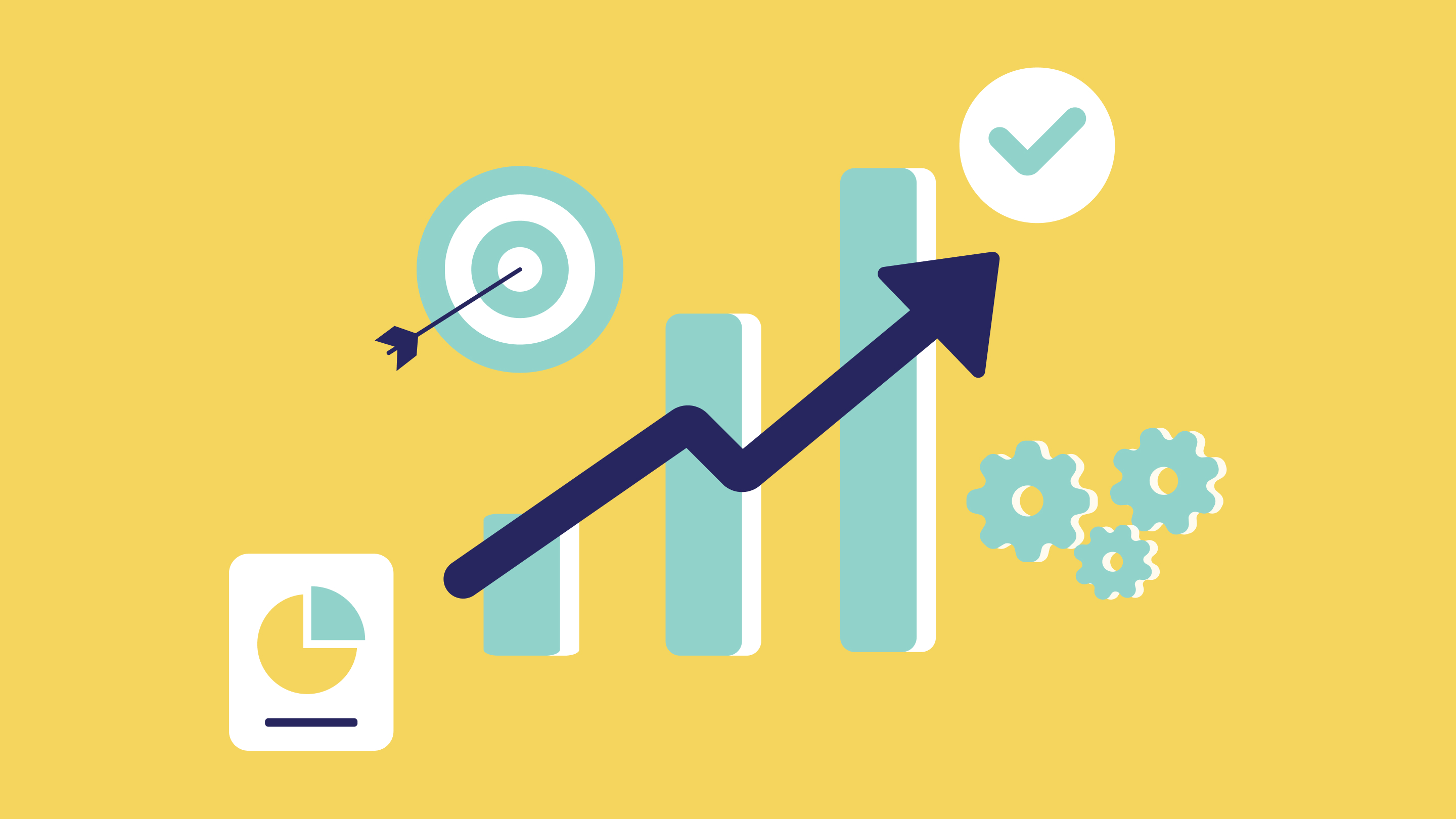
In today's ever-evolving and fast-paced digital ecosystem, it's not just about having a great product that meets the immediate needs of your customers. It's about going beyond that and ensuring that your product remains consistent, user-friendly, and relevant as your business expands and adapts to the changing market dynamics. This is where the principle of designing for scale becomes crucial.
Designing for scale means anticipating future growth and challenges, and building a product infrastructure that can seamlessly accommodate increasing user demands, feature enhancements, and technological advancements. It involves taking a holistic approach to product and project management, considering scalability, performance, and long-term sustainability.
By embracing the principle of designing for scale, you can future-proof your product, enhance user satisfaction, and position your business for long-term success in the competitive digital landscape.
The Foundation: What is Designing for Scale?
Designing for scale is a crucial practice in product development. It involves creating a robust and flexible design that can seamlessly handle increasing workloads or accommodate rapid growth, all while maintaining optimal performance and ensuring a seamless user experience.
Whether you anticipate an influx of new users, plan to expand into new markets, or have future plans to add new features, it is vital to have a design that is adaptable, resilient, and future-proof. By considering scalability from the outset, you can ensure that your product can effortlessly evolve and meet the demands of a changing landscape.
Why is Design for Scale Crucial?
1. User Consistency

As your user base grows and expands, it becomes increasingly important to prioritize and uphold a consistent experience for all. This includes not only catering to the needs of new users who join when your platform is at its peak, but also ensuring that your early adopters, who have been with you from the start, continue to feel valued, understood, and appreciated.
By maintaining a strong connection with both groups, you can foster a sense of loyalty and trust that will contribute to the long-term success and sustainability of your platform.
2. Cost Efficiency

When it comes to scaling, redesigning or implementing significant changes can often result in unforeseen expenses. However, by adopting a design approach that prioritizes scalability right from the start, you can proactively mitigate the risk of incurring unexpected costs in the future.
Taking the time to carefully plan and consider the long-term implications of your design choices can help you navigate the challenges of scaling more effectively and ensure a smoother, more cost-efficient process overall.
3. Adaptability

The digital world is an ever-evolving and fast-paced environment. Designing your product for scale not only allows it to meet the current market demands but also ensures its adaptability as these demands continue to evolve.
By incorporating scalability into your product design, you can future-proof your solution and avoid the need to start from scratch when new challenges arise. This approach enables you to stay ahead of the curve and maintain a competitive edge in the dynamic digital landscape.
Role of Product and Project Managers in Scalable Design
Product Managers

Their primary focus is on deeply understanding the user's needs and the ever-evolving market demands. They meticulously analyze how the product seamlessly fits into this dynamic landscape, ensuring optimal alignment. Moreover, they proactively incorporate scalability as a core feature, anticipating potential growth areas and ensuring that the product is not only well-equipped to handle them but also poised for remarkable success.
Project Managers

Project managers play a crucial role in ensuring the seamless execution of the product manager's scalability vision. With their meticulous planning, resource allocation, and timeline management skills, they are able to efficiently achieve scalability within the desired timeframe.
By coordinating with various teams, monitoring progress, and identifying potential bottlenecks, project managers ensure that every aspect of the scalability plan is carefully addressed. Their attention to detail and proactive approach contribute to the overall success of the project, as they navigate through challenges and make necessary adjustments along the way.
Key Principles of Designing for Scale
1. Modular Design

Creating components that can be easily reused and reconfigured is a fundamental aspect of achieving scalability. It's akin to constructing with LEGO bricks; you strive to build a structure where adding, removing, or modifying pieces doesn't necessitate dismantling the entire framework. This level of flexibility and modularity empowers developers to adapt and evolve their systems with minimal disruption and maximum efficiency. By embracing this approach, organizations can future-proof their solutions and seamlessly accommodate growth and change.
2. Anticipate Growth

To effectively understand potential areas of growth and design for them, it is crucial to consider various aspects. This includes identifying the need for additional languages, incorporating new features, and exploring possible integrations. By anticipating these elements, you can proactively prepare and avoid being caught off-guard, ensuring a smoother and more successful trajectory for your endeavors.
3. User Testing

As your product scales and reaches a wider audience, continuous user testing becomes increasingly valuable. By regularly gathering feedback and insights from users, you can identify areas of friction or improvement more effectively. This iterative process allows you to refine the design further, ensuring that your product meets the evolving needs and expectations of your users.
4. Maintain Design Consistency

As you add or modify features, it is crucial to maintain design consistency throughout your product. This consistency helps to ensure that users can navigate and interact with your application without feeling lost or overwhelmed by any changes. By providing a seamless user experience and familiar design elements, you can enhance user satisfaction and promote ease of use.
5. Infrastructure Decisions

To ensure smooth scalability, it is crucial to assess and optimize your hosting, database, and technical infrastructure to handle exponential growth. Inadequate performance, slow load times, or frequent crashes can not only hamper user experience but also tarnish your brand reputation. By investing in robust and reliable systems, you can create a seamless and reliable digital presence that instills trust and confidence in your audience.
Conclusion
Designing for scale is not a one-time effort but an ongoing commitment to growth, adaptability, and user satisfaction. As you navigate the challenges of scaling your SaaS platform, remember that both product and project management play pivotal roles in this journey. Should you need expertise and guidance in scaling your product design, Fikri Studio is here to help, ensuring that as your business grows, your product shines brighter than ever.
Remember, while this article provides an overview and key insights into designing for scale, there's a lot more depth to each topic. It's always recommended to dive deeper, do further research, and engage experts in the field, like Fikri Studio, to ensure success.


















































